Surprising Stories: La Place Des Vosges: Fashion and Architecture in the Marais
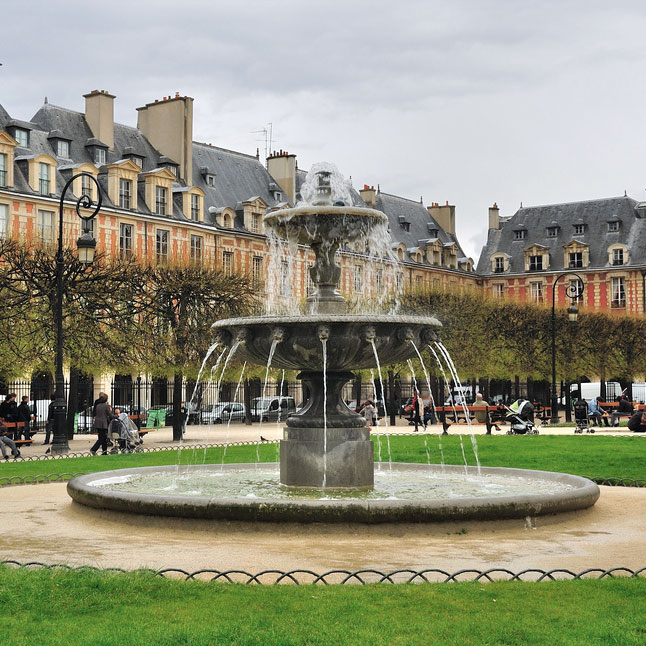
When King Henri IV arrived in Paris in 1594, after thirty years of war and destruction, he faced a momentous challenge: how to restart the economy and rebuild the capital city? A Renaissance prince with an eye for profit, he imagined a spectacular open square, la Place Royale, today known as la Place de Vosges. His project didn’t go entirely as he originally envisioned; however, it did forever change the fate of the Marais, the area surrounding his regal square. This week, our Surprising Story delves into Henri IV’s ambitious architectural and city planning project for the square which transformed the neighborhood into a center for French art and culture that has continued until today.

Henri IV portant en écharpe la bannière blanche et la croix de l’ordre du Saint-Esprit. Frans Pourbus le jeune, Château de Versailles / CC
Facing a fiscal crisis, one of the King’s primary concerns was that French nobles were buying their fashionable clothes from Italy. Made of sumptuously dyed silks and thick velour, often threaded with silver and gold, these exquisite textiles were diverting much needed revenue away from France. A possible solution to the matter came to Henri courtesy of Olivier de Serres, a French author and agronomist whose treatise dedicated to rural economy was read to the King at mealtimes. The King decided to launch domestic silk production in France to rival that of the Italians.
Beginning in 1600, the King ordered the plantation of mulberry trees, whose leaves provide the essential diet for silkworms, across France in order to launch French sericulture. He set an example by planting mulberry trees in the royal gardens at the Tuileries. Three years later the King announced that the raw silk at the Tuileries was ‘lighter and more lustrous then foreign silks.’ Having succeeded at the first stage of his plan, Henri turned to training workers to spin and weave the precious threads.
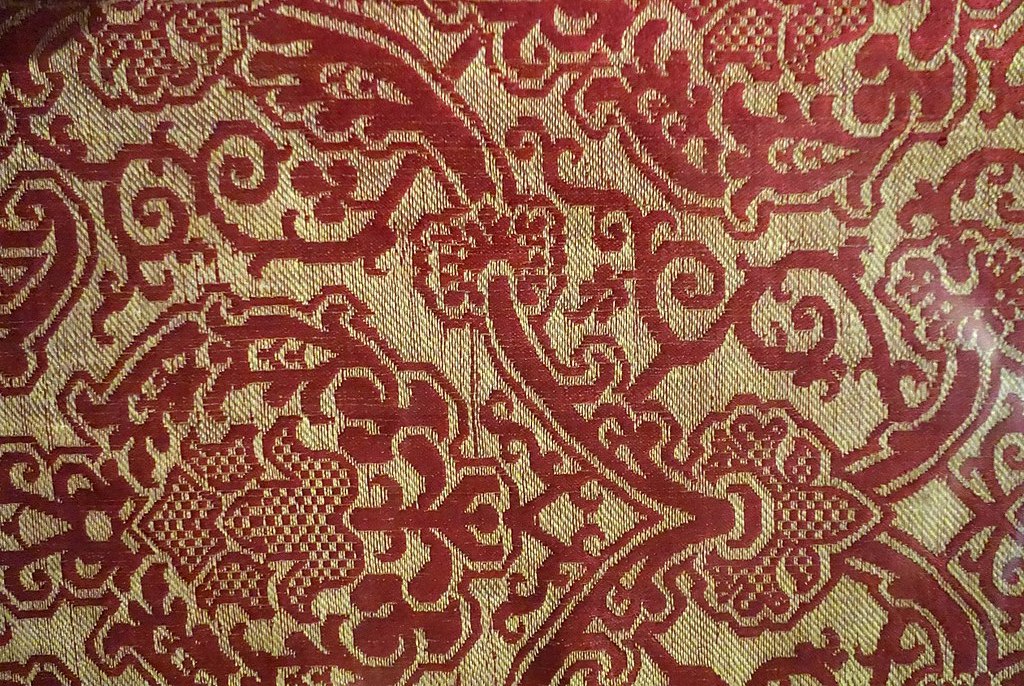
Brocatelle fragment with pomegranate in ogival lattice, view 2, Italy, Renaissance, late 16th century, silk and linen brocatelle – Royal Ontario Museum
To achieve this, the King granted a gift of land in Paris to wealthy French merchants with connections to the silk trade. Strategically located near the Bastille, the eastern entrance gate of the city, and on the road to the Louvre, the King’s Parisian residence, the development of the land would become one of the major urban projects of his reign. Henri IV planned spacious ateliers found on the ground level and for skilled artisans and their families would be conveniently housed in the apartments above the workshops.
The King dictated that all the facades of buildings surrounding the square had to be identical, red brick bordered in limestone. Each pavilion was to be roofed in slate, and built above a gallery so that there was a covered arcade that linked all four sides. The decree requiring uniformity was unique, but behind the facades, owners could develop their pavilions as they liked offering exceptional liberty to create spacious rooms with views onto the square.

La Place Royale, around 1660. Passage du carrosse du roi, Musée Carnavalet © RMN / Agence Bulloz
Henri IV’s economic initiative failed for two reasons. First, the silkworms couldn’t survive Parisian winters, so the craftsmen decamped to the city of Lyon, which went on to become the center of French sericulture. Second, the silk merchants who invested in the manufactures, were however so taken with the new buildings and urban project, were loath to give up the new townhouses they had just built to support sericulture.
Baptized la Place Royale, the square was one of the first spaces specifically dedicated to the art of strolling, either under the arcades, or in the open parvis. Henri also declared the space open to all Parisians, unless the crown preempted it for royal festivals, equestrian events and ceremonial entrées for diplomats who were escorted to visit the elegant square on their way to the Louvre.
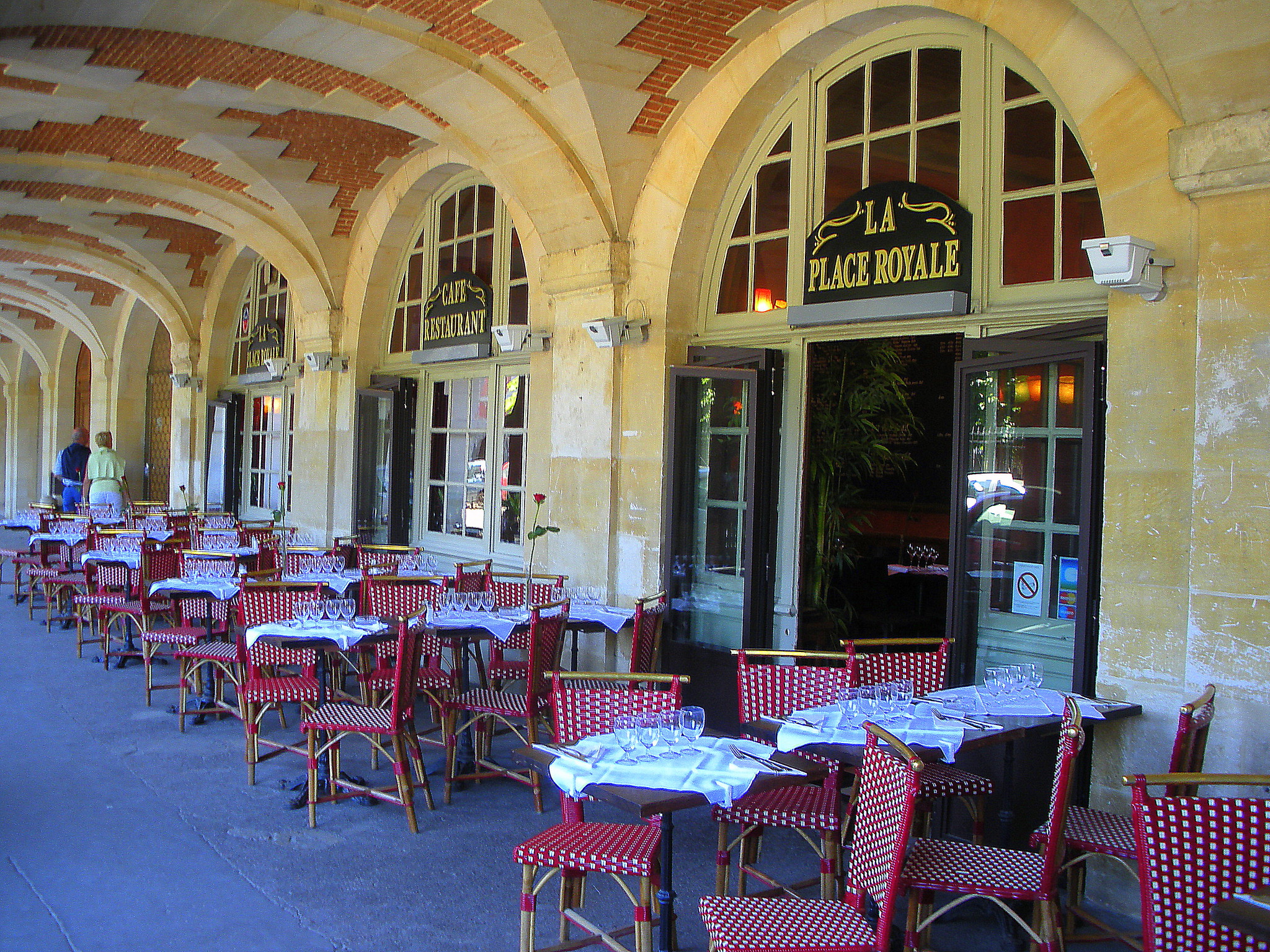
Restaurant in the arcade at the Place des Vosges, Tom Flemming / Flickr
The combination of fashionable strolling in the square and under the arcades significantly changed the character of the Marais: it became the place to see and be seen, to shop, and for the residents, to gather in their new homes, the neighborhood now attracting a cultured elite. Oft abandoned in the two centuries that followed Henri IV’s designed Paris, the regentrification of the Marais has restored the square to its Renaissance splendor.
We explore the history of the Place des Vosges during our tour The Gardens of the Marais which explores the history, architecture and personalities of the area by visiting the district’s gardens, squares and historic mansions. Learn more about this tour and our other neighborhood strolls here.
—
Reference: Hillary Ballon, The Paris of Henri IV: Architecture and Urbanism, MIT Press, 1991.


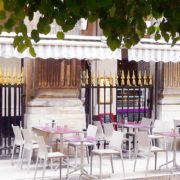
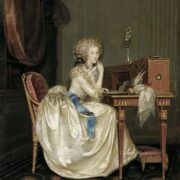
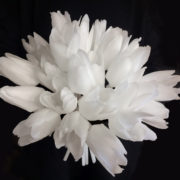


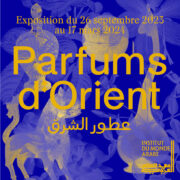


Leave a Reply
Want to join the discussion?Feel free to contribute!